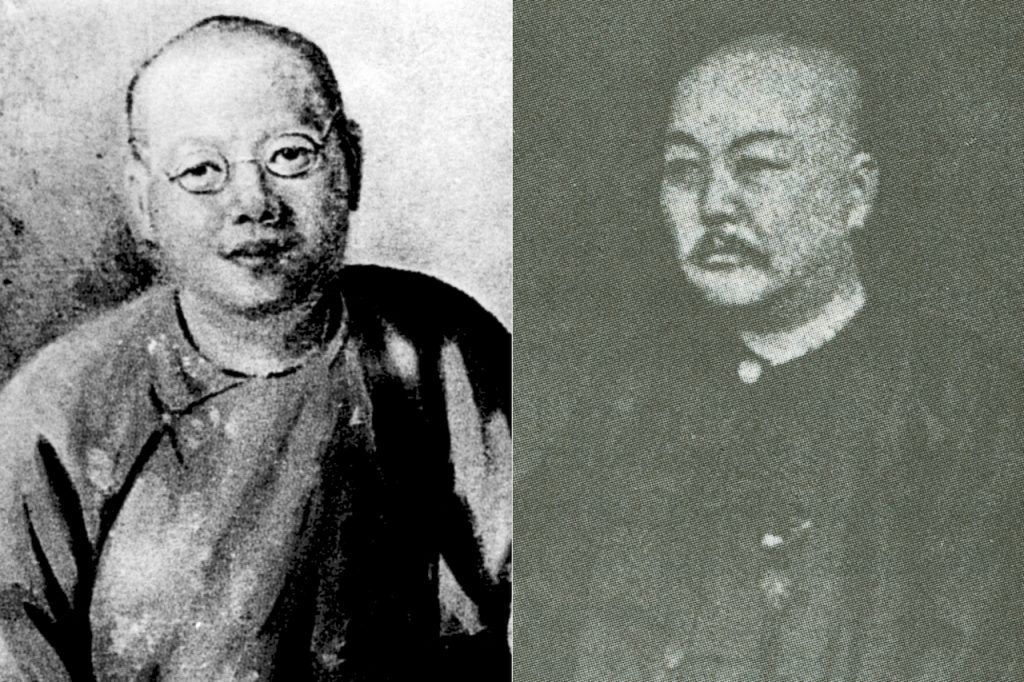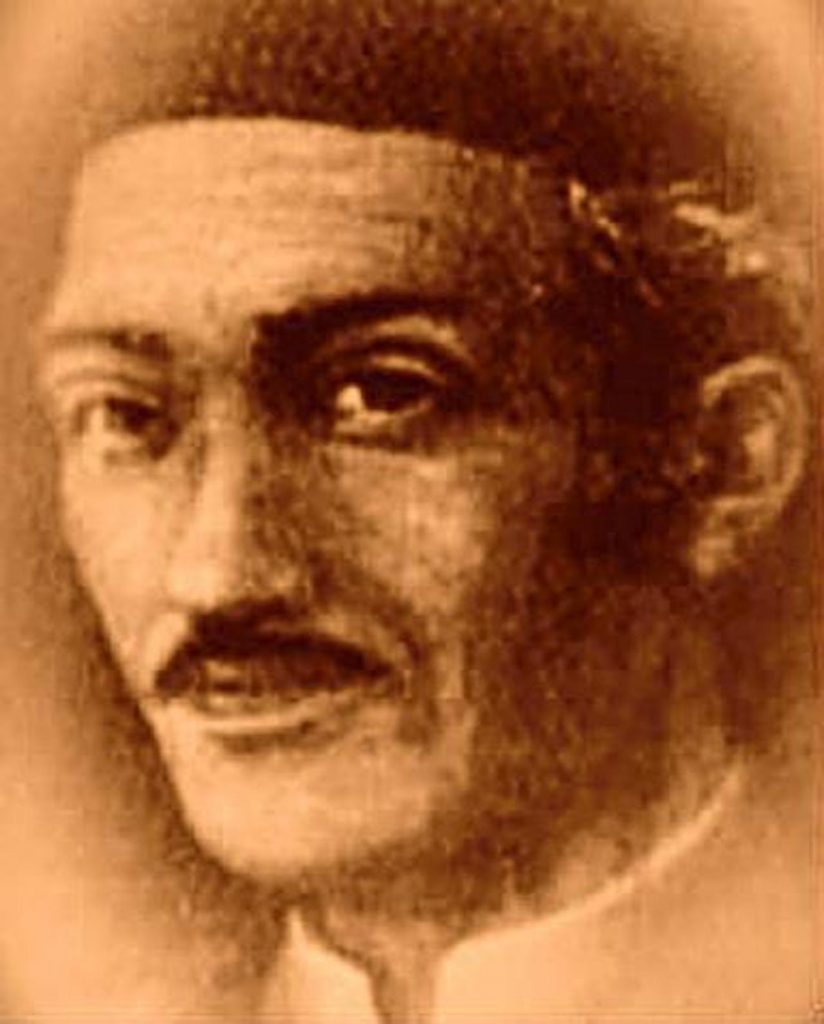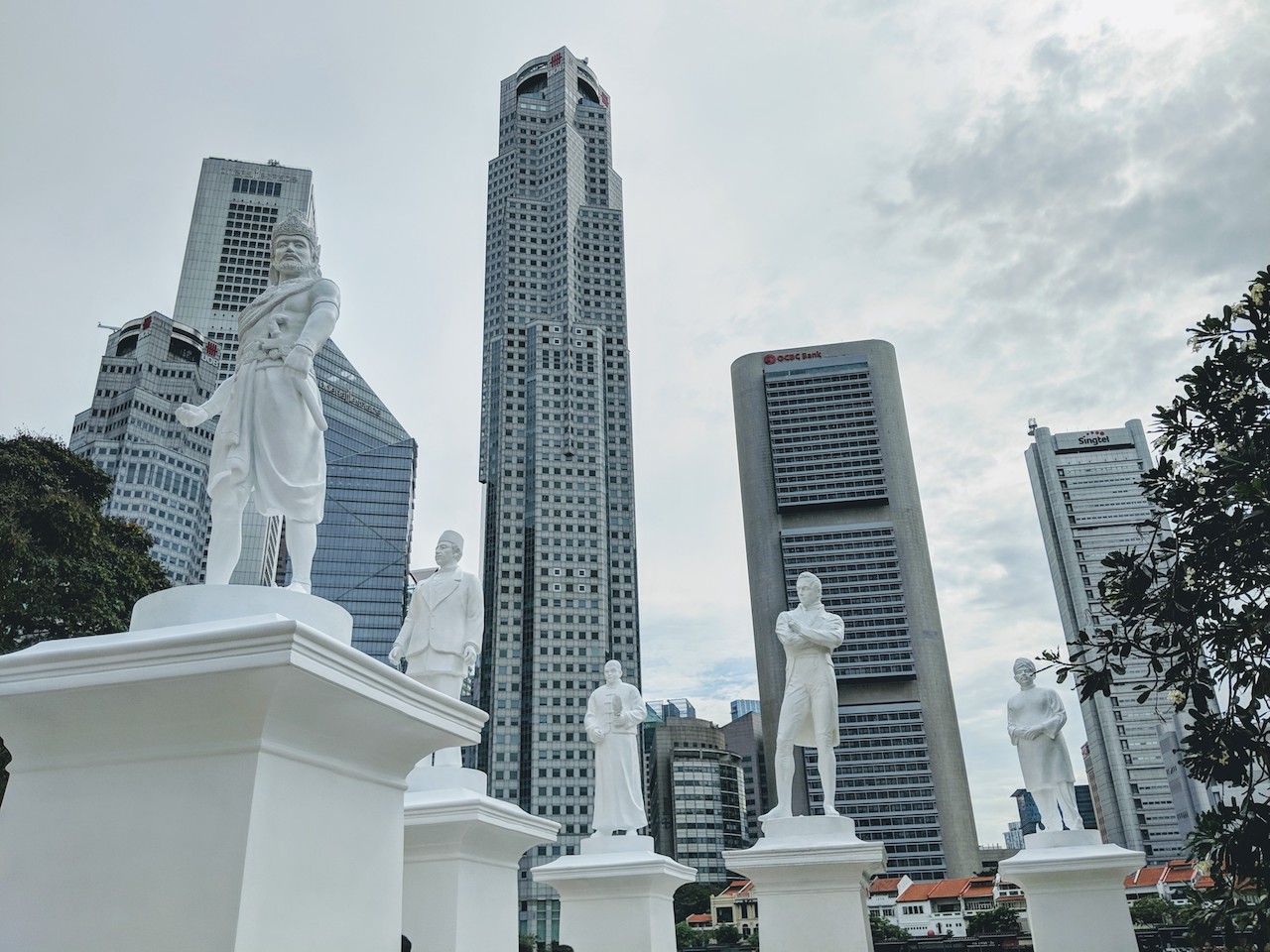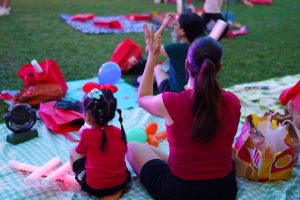As much as we’ve acknowledged the importance of commemorating Raffles’ contributions to Singapore, 200 years of hindsight comes also with the responsibility to question this narrative.
Significant as Raffles was, there were many other individuals who arrived in Singapore in 1819; individuals who contributed to our Singapore story and embodied certain characteristics that remain timeless. For those of us who celebrate, on a daily basis, what it means to be Singaporean, it is perhaps these guys who offer familiar references for us, and they deserve to finally take centre stage.
And so to Raffles, to quote another timeless icon, “thank u, next.”

Most of the influential early settlers in Singapore were already prosperous, according to Mary Turnbull’s book, A History of Singapore 1819–1988. Tan Tock Seng, however, fit the ‘rags to riches’ narrative, rising in riches and eminence through hard work and acumen.
Soon after Singapore’s foundation in 1819, he came to Singapore from Malacca at the age of 21. Back then, the wealthy merchant started as a vendor of vegetables and poultry. Having the necessary business know-how eventually turned him into a successful entrepreneur.
Still, Tan became a philanthropist who gave liberally to society. He had a passion for the sick and poor; at his own expense, he even buried unclaimed bodies or paid the funeral expenses of those who could not afford one.
Even though many Singaporeans today know Tan for the hospital named after him in Novena, his enduring humility remains the most outstanding part of his story.
Today, it’s no secret that humility is one of the most crucial traits that Singaporeans desire from our leaders. While we appreciate those who claim to ‘walk the ground’ and ‘understand the people’, it helps to find out that someone hails from humble beginnings like Tan himself.
At the same time, we must acknowledge that humility isn’t merely about having a modest background. Hallmarks of humility include consistently giving back to the community even when one has progressed up the social ladder, not seeking fame or glory in one’s actions, and being willing to learn from others who are better.
So perhaps the most overlooked aspects of true humility are how sincere and consistent we are in internalising the character trait. After all, it’s one thing to talk about the importance of being humble, but it’s another to embody the quality so deeply that one ‘walks the ground’ and ‘understands the people’ even when there’s zero recognition to be gained.

Frequently touted as the “father of modern Malay literature” for his early literary contributions, Munshi Abdullah was a teacher, interpreter, and writer.
As a child, his High Expectations Asian Dad gave him daily writing exercises and punished him severely for his mistakes, even making him translate the entire Koran from Arabic to Malay. If tiger parenting weren’t de rigueur in his family, Abdullah might not have eventually jumped at an opportunity to prove his worth to his parents.
The boy apparently wrote a bond for a ship captain in his father’s stead, which pleased his father. As a result, he was sent to study under the finest scholars in Malacca, where he sought tutors to teach him the intricacies of Malay idioms. At 14, an age at which most of us enter secondary two, he became an accomplished Malay scholar.
Abdullah was eventually also hired as the youngest copyist for Malay manuscripts in Raffles’ team when Raffles arrived in Malacca in 1810.
If he were alive today, Abdullah would have been the poster boy for lifelong learning. But the pursuit of knowledge shouldn’t just be a fancy government initiative.
As a small nation, we’re often told that Singapore’s greatest resource is our brain power. We must continue upgrading our skills, never rest on our laurels, and remain hungry for wisdom that will keep us globally competitive.
Moreover, these ideals of scholarship should be practised because they are inherently valuable.
As the narrative around inequality has reinforced time and again, education remains one of the fundamental ways to improve lives and facilitate class mobility. Yet when we talk about education, it’s also time that we realise it doesn’t always mean going to an elite school. In today’s context, being educated must be about developing a robust intellectual curiosity for new knowledge, and challenging our differing beliefs and internal biases by interacting with those outside our social circles.
After all, it is Abdullah’s keen observations from ‘ground up’ that are most cherished by readers of history today.

In 1819, having been seduced by Raffles’ ideals of Singapore, Naraina Pillai agreed to leave Penang, Malaysia. After realising he had to start from scratch in Singapore, he began as chief clerk at the treasury. Unfortunately, he was soon fired and replaced.
Anyone else might have thrown in the towel and returned to Penang, but Pillai was no ordinary dude. He stayed in Singapore and started Singapore’s first brick company, becoming the first building contractor in Singapore.
Pillai followed his entrepreneurial instincts and set up a bazaar for cotton goods, which became the largest and best-known in Singapore after British merchants allowed him to hold large amounts of cloth on credit. But bad luck continued to haunt Pillai; after his bazaar was burnt to the ground, he owed the British merchants thousands of dollars.
Eventually, Pillai was provided prime land in the city centre by Raffles, where he started his business afresh. On top of that, he also realised his vision to build a Hindu temple. Today, this temple is a national monument—the Sri Mariamman Temple.
It surprises us that Pillai’s story isn’t more prominent, especially with the government’s push towards cultivating our entrepreneurial spirit.
In schools, the recent shift away from focusing on grades hopes to encourage students to embrace learning for learning’s sake, get comfortable with failure and uncertainty, and embrace a journey-oriented mindset. These are all qualities of successful entrepreneurs like Pillai.
Yet the most important quality of any entrepreneur is resilience, which Pillai effortlessly embodied. Anyone who has accomplished their goals will tell you, knowing how to bounce back from failure and rejection is far more important than succeeding on the first try.

Many of us are familiar with the story of Sang Nila Utama. But for the benefit of those of us who didn’t pay attention in school, Sang Nila Utama would have given Dora the Explorer a run for her money.
While some say this intrepid adventurer is purely myth and never existed, he apparently had a very human sense of insatiable curiosity. Seeing a white sheet of sand across the sea, he travelled from Bintan to the island of Temasek around 1299. As he sailed toward the island, his ship was struck by a storm, and he threw his crown overboard in order to save the crew.
Arriving in Temasek, Sang Nila Utama saw a strange beast, which his men told him was known in ancient times as a lion, so he decided to rename Temasek to Singapura, meaning “lion city”. He then sent word back to Bintan to say that he would remain in Singapura and start his own kingdom. He ruled the island for 48 years before he died.
Even if Sang Nila Utama was just a legend, his story is no less inspiring. His sense of adventure is a good reminder that we should always endeavour to stay curious about the world.
This doesn’t necessarily mean that we have to physically venture out of the country, as he did. In today’s context, it’s more about developing the courage to ask hard questions, and following our instinctive eagerness to delve deeper into the things we care about to carve out a space of our own.
Of course, advocating for a sense of adventure might be easier said than done, since Singaporeans are typically creatures of comfort and convention. Moreover, the world beyond our bubble might not be actually be safer, better, or more convenient.
But as with any adventure one embarks upon, what matters more than reaching the ideal destination is simply being willing to dive in with an open mind. As has been told in countless stories, there is nothing more rewarding than this.

While we’re cautious that this representation shouldn’t invalidate the narratives of those who appear different from us, there is power in seeing our Singaporean experiences and stories mirrored in founding fathers who look like us and who have histories and traditions similar to our own.
As far as we’re concerned, knowing how we got here is just as important as knowing where we came from. And we’d gladly rethink what it means to be Singaporean today if more people get to share in the credit. After all, we don’t need idols or heroes.
Instead, we need testimonies of communities, support, and teamwork; the stuff that will bring us closer as one people, one nation.
Have something to say? Write in to community@ricemedia.co.






